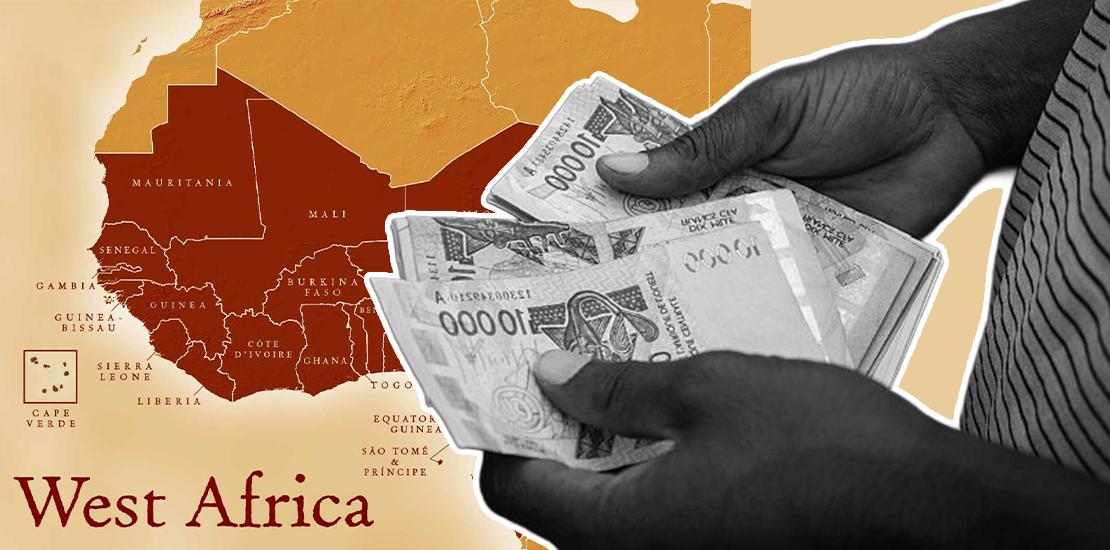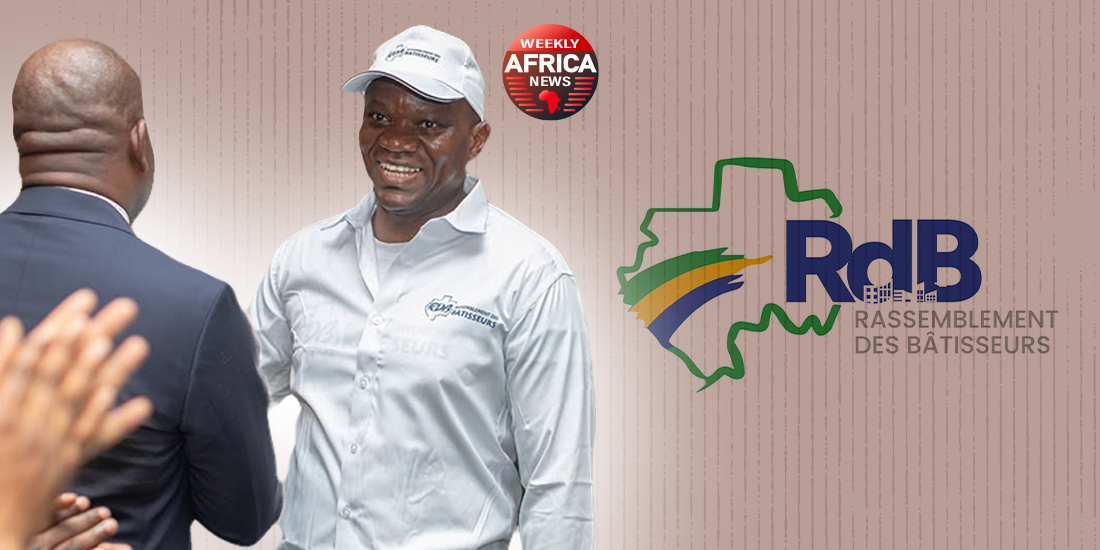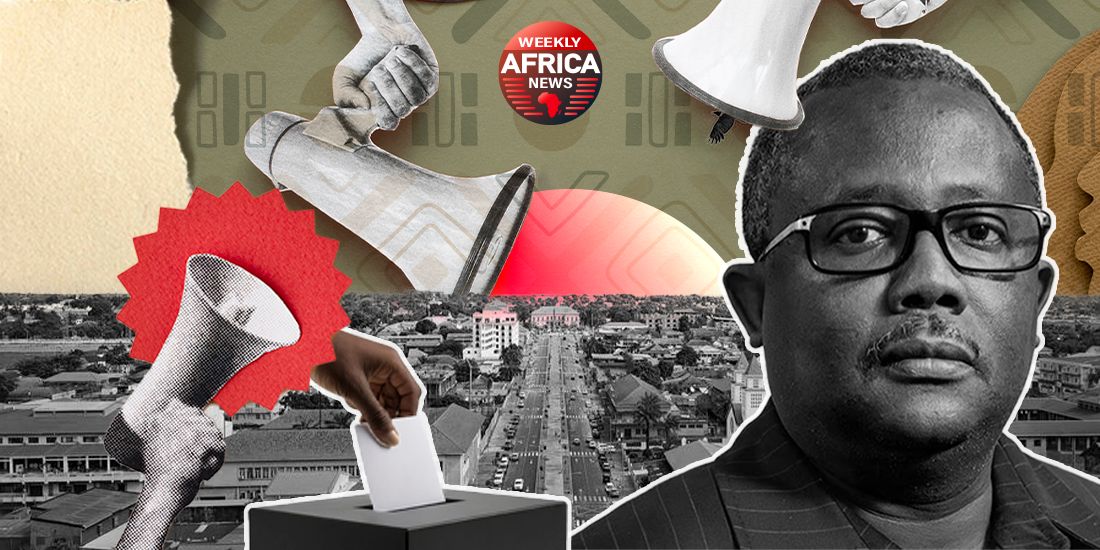In 2023, the “Year of Youth” proclaimed in Abidjan, the Ivorian executive unveiled a three-year Government Youth Program (PJ-Gouv) worth a spectacular 1,118 billion CFA francs, supposedly offering 1.5 million training, employment and financing opportunities to young people scattered across the country. Behind the ambition, however, the opacity of the financial circuits, operational delays and emblematic cases of default are fuelling suspicion of a porous system where money destined for 18-35 year-olds is lost between promises and procedures.
At the heart of the system, the Agence Emploi Jeunes (AEJ) runs subsidy, loan and micro-franchise windows. Internationally, the World Bank is financing phase 3 of the Youth Employment and Skills Development project (PEJEDEC), with an IDA envelope of $150 million, while the AFD, the European Union and debt conversion mechanisms (C2D) are supporting vocational training and employability. The flow of funds is to be clearly defined, with a designated BCEAO account, dedicated operational accounts, annual audits, independent verification of performance indicators and anti-corruption red lines. On paper, nothing should get “lost”.
Practice tells a different story. A World Bank financial document details a scheme whereby advances pass through the Treasury, then project accounts, before being paid out to beneficiaries – local authorities, incubators, suppliers, young project leaders. The same document acknowledges a “risk of misuse of funds” requiring frequent checks, and imposes quarterly independent verification of performance-linked payments. In June 2024, a progress report pointed to significant delays: incubation and entrepreneurship activities intended to benefit 3,000 young people had not yet started, despite budgetary commitments. In other words, the money is flowing, but the promised impact is slow to materialize.
Above all, one case has crystallized doubts about the effectiveness and rigor of targeting. In 2016, AEJ approved funding for a private project, “Klass C”, aimed at setting up 100 hairdressing salons in the form of micro-franchises to integrate 500 young people. Total amount: 790,160,000 F CFA. In 2022, the Agency recognized that instead of the 100 salons expected, only 17 were operational, and that the beneficiary company had not honored its repayment plan, leading to legal proceedings. Since 2019, AEJ has capped ordinary financing tickets at 50 million per project and tightened procedures. The case does not attest to a proven misappropriation, but it does reveal a twofold flaw: concentration of risks on a single promoter and insufficient monitoring of social counterparts.
The heart of public suspicion lies not only in a few cases. It lies in the poor traceability of spending at the micro level. Official figures put forward “hundreds of thousands” of young people “impacted” by entrepreneurial schemes, internships or labor-intensive work. But the state publishes few verifiable lists of beneficiaries by counter and by locality, nor consolidated indicators linking each CFA franc spent to a sustainable job, a stabilized income or a business surviving beyond 12 months. International assessments of the budgetary process confirm this structural weakness: in 2023, Côte d’Ivoire achieves a transparency score of 54/100 (above the African average), but a public participation score of 4/100 and limited overall control (43/100). These are all indicators of a governance that publishes aggregates but struggles to open up its databases and account for actual expenditure.
Administrative silence adds to the fog. When approached by citizens’ organizations, the departments regularly respond with press releases or macro-balances, with no detailed breakdown by program, service provider or beneficiary. On the donor side, financial audits often result in “clean” opinions, because they check the accuracy of entries and the conformity of procedures, not the actual existence each month of the jobs supposedly “created”. Accountability instruments do exist (complaints mechanisms, independent verification, publication of project financial statements), but delays in implementation, the piling up of intermediaries and the low level of citizen participation in monitoring create a space where duplication, untraceable beneficiaries, shell companies and over-invoicing thrive.
This dysfunction has an immediate social cost. In a country where growth remains vigorous but youth underemployment is still widespread, every quarter lost dissolves cohorts of baccalaureate holders and apprentices into the informal sector. It also has an institutional cost: with major political deadlines approaching, the assertion of budgetary sovereignty requires, even more so, public proof that money dedicated to youth is not diluted in window-dressing programs.
What can we do? First, publish an open-access, regularly updated national register of the final beneficiaries (individuals and companies) of all youth windows, with amounts, criteria, location and execution status. Secondly, impose independent performance audits, focusing on results (sustainable jobs, income, survival rate of micro-enterprises) and not just accounting regularity. Finally, link future disbursements to the verification of public milestones, verifiable by commune, rather than to consolidated tables in Abidjan.
Billions don’t “disappear” because they have magically left the public accounts; they dissipate in grey areas: poorly conceived projects, oversized beneficiaries, chronic delays, patchy reporting. Getting out of these blind spots requires less announcement and more proof. Ivorian youth doesn’t need slogans: it needs a receipt.











